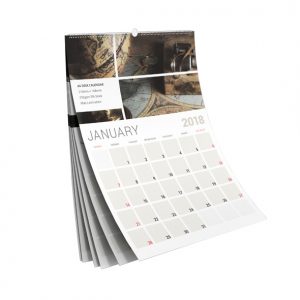Harnessing the potential of the calendar is essential for effective planning and achieving success. Here’s a step-by-step guide on how to use the calendar to plan for success:
- Set Clear Goals:
- Define your short-term and long-term goals. These could be related to your career, personal growth, health, relationships, or other areas of your life.
- Prioritize Tasks:
- Identify tasks and activities that align with your goals. Prioritize tasks based on their importance and urgency.
- Allocate Time Blocks:
- Use time blocking to allocate specific blocks of time for different tasks and activities. Assign time slots for work, exercise, personal development, relaxation, and more.
- Use a Digital Calendar:
- Choose a digital calendar app that suits your needs. This will allow you to easily access and manage your schedule across devices.
- Color-Code Activities:
- Assign different colors to different categories of activities (work, personal, health, social). This visual distinction helps you quickly identify the nature of your commitments.
- Set Realistic Time Estimates:
- Estimate how much time each task will take, and allocate a bit of extra time to account for potential delays.
- Incorporate Buffer Time:
- Schedule buffer periods between tasks and appointments to avoid overloading your schedule and to accommodate unexpected events.
- Avoid Overcommitting:
- Be cautious not to overcommit yourself. Avoid cramming too many tasks into a single day, as it can lead to stress and reduced effectiveness.
- Plan for Deep Work:
- Dedicate focused, uninterrupted time for deep work. Designate specific time blocks for tasks that require intense concentration.
- Block Out Downtime:
- Allocate time for breaks, relaxation, and leisure activities. These moments of downtime are crucial for recharging and maintaining balance.
- Weekly and Monthly Reviews:
- Regularly review your calendar on a weekly and monthly basis. Assess your progress, adjust your schedule as needed, and ensure you’re staying aligned with your goals.
- Set Reminders:
- Use reminders to keep you on track for upcoming tasks and appointments. Set reminders in advance to give yourself ample preparation time.
- Adapt and Flexibility:
- Life is unpredictable. Be flexible and open to adjusting your schedule when unexpected events arise.
- Reflect and Learn:
- After each week or month, reflect on what worked well and what could be improved in your scheduling approach. Continuously refine your strategy.
- Celebrate Achievements:
- Celebrate your accomplishments, both big and small. Acknowledging your progress can boost motivation and create positive reinforcement.
- Delegate and Outsource:
- Delegate tasks that can be handled by others or consider outsourcing certain activities to free up more of your time.
- Learn to Say No:
- Politely decline commitments that don’t align with your goals or would overload your schedule.
- Regular Self-Care:
- Include self-care activities in your calendar, such as exercise, meditation, or spending quality time with loved ones.
- Long-Term Planning:
- Beyond daily and weekly scheduling, allocate time for long-term planning. Set milestones and deadlines for achieving your overarching goals.
- Consistency is Key:
- Stick to your scheduled activities consistently. Over time, this habit will lead to improved productivity and success.
By effectively harnessing the potential of the calendar, you can organize your time, stay focused on your goals, and create a roadmap for your success. Remember that the calendar is a tool to support your journey, and the key is to use it mindfully and purposefully.


























